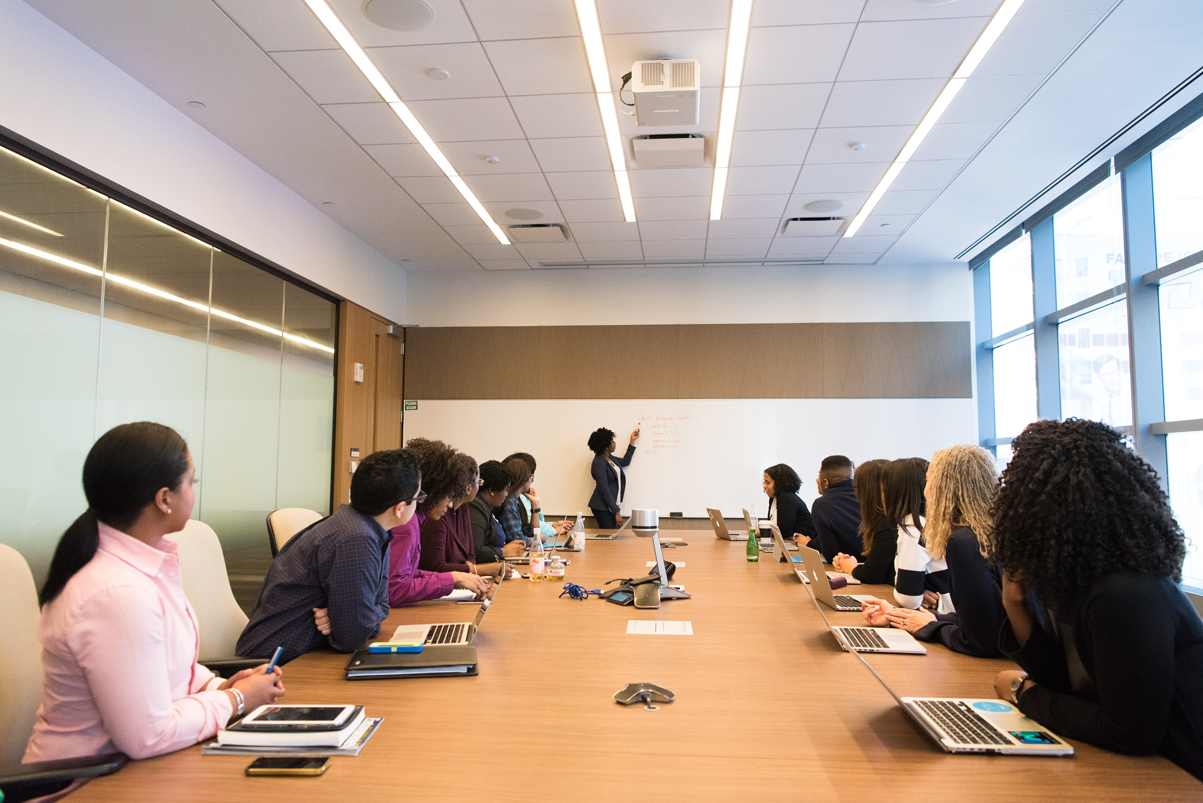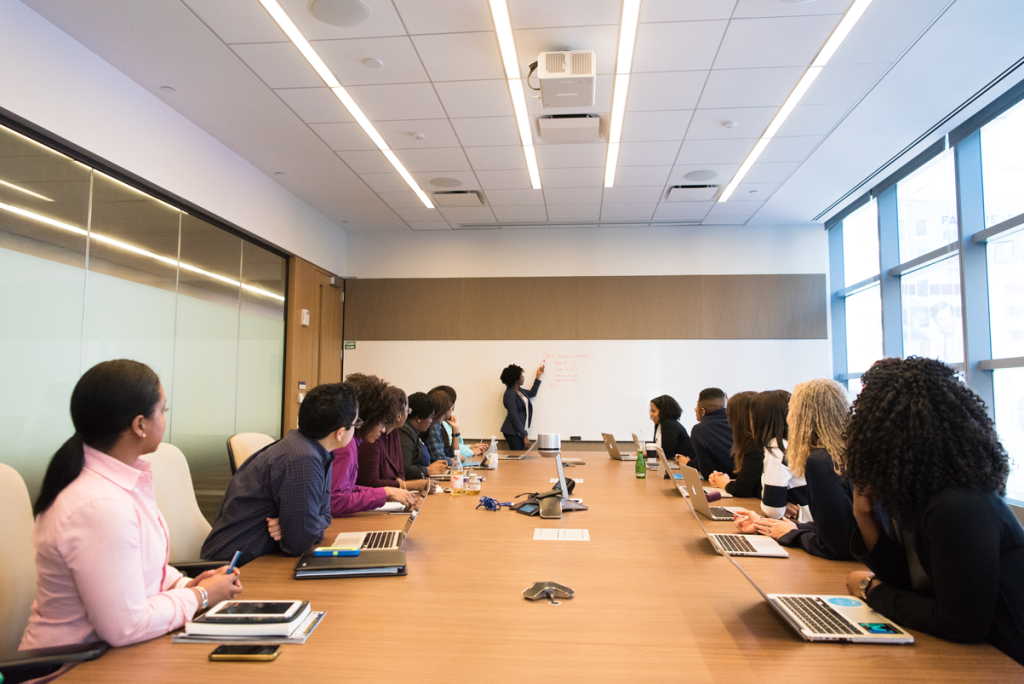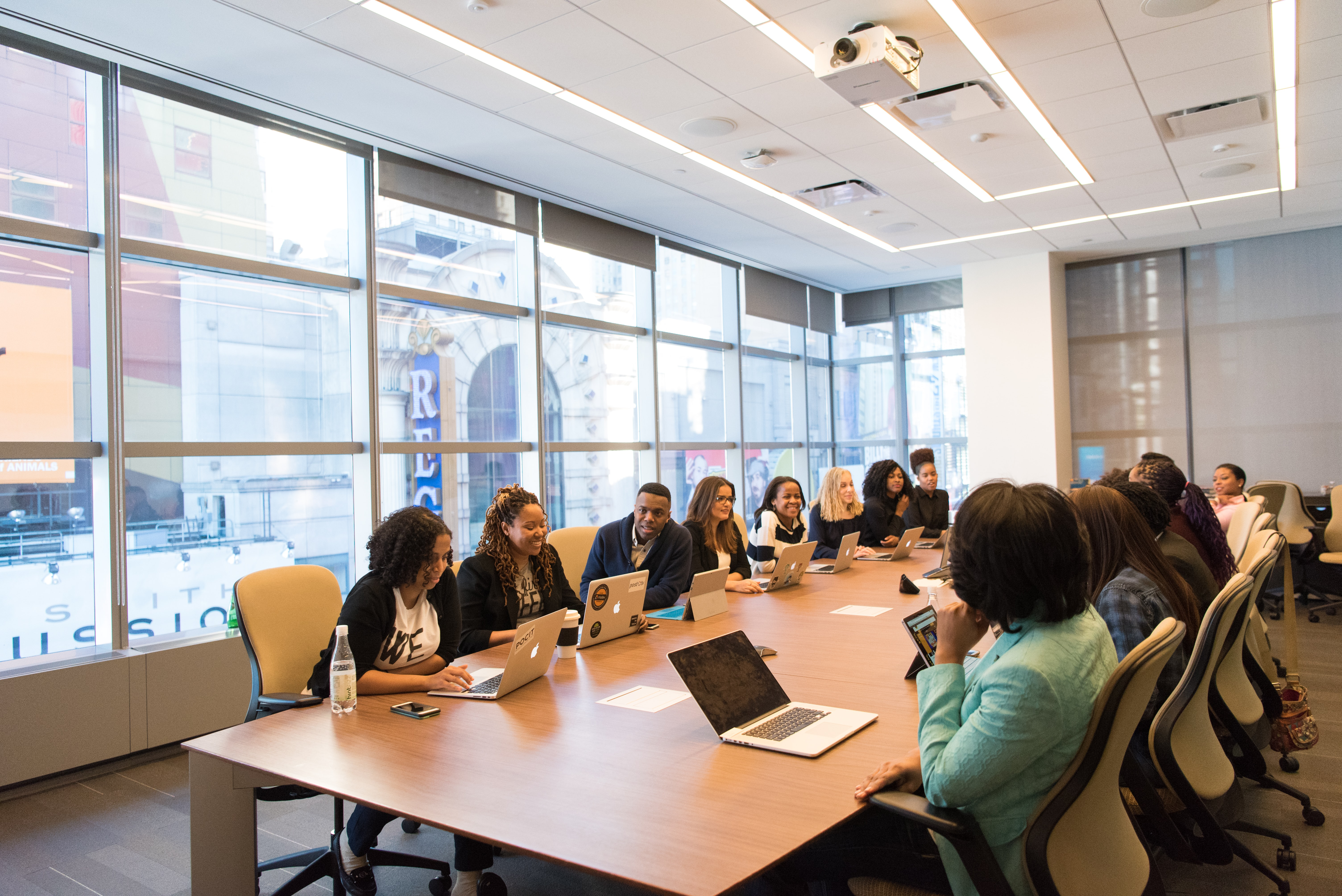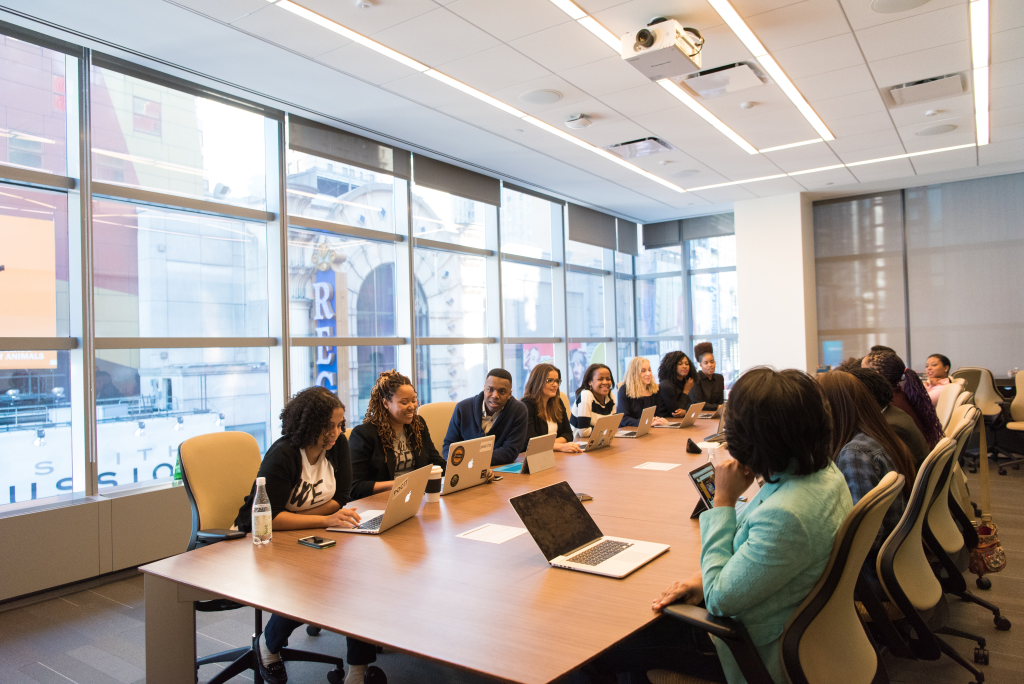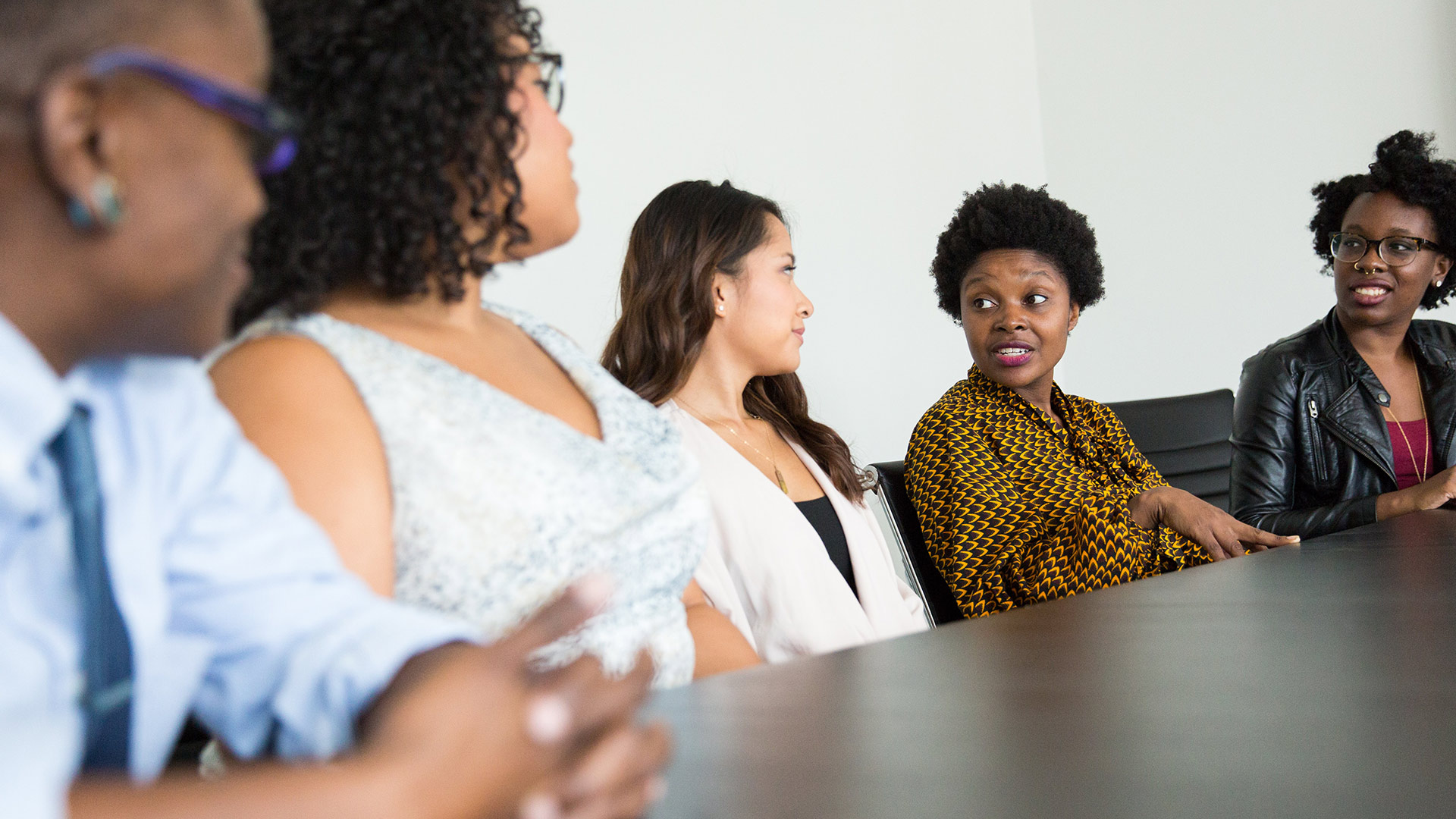On the Women in Telco miniseries on The Connectivity Matters Podcast we’re shining a spotlight on diversity. In the miniseries’ fifth episode we spoke to Alex Foster, the Managing Director of Division X at BT, about her experiences as a woman in the telco industry and how the sector could improve gender diversity. Read on for her insights.
How do you think the attitudes towards diversity and inclusion have changed throughout your career so far in telco?
We’ve always spent a lot of time looking at diversity and inclusion. We’ve done an awful lot of work in terms of the barefoot computing initiatives. Our volunteers help to make sure that all children feel that they’ve got the ability to really enjoy the STEM world. That then moves up the chain in terms of what we do, both at senior school and university, where we run initiatives around coding for girls. The work that we do, particularly around cybersecurity, really helps make sure that people aren’t frightened about technology. It’s like riding a bike, it can seem frightening before you start. It’s the same thing with STEM; making it accessible means taking all of that fear out of it. And as a consequence of that, we’re seeing many more women coming into technology as well. We’ve got huge levels of representation for women, from apprentices and graduates and up through to our leadership roles within the organisation as well.
BT has a female CEO now. What impact do you think that will have?
It’s an important representation of women in leadership roles. I think that that will encourage more and more women into technology roles, because it just shows you how inclusive telecoms can be, and particularly how inclusive we as an organisation can be, and it shows that we are a very accessible workplace. Nobody should be worried about coming into a STEM role, because you can go from being an apprentice to being a CEO, and everything in between.
What challenges did you – or do you – face as a woman in the telco industry?
Some of the barriers have changed since I joined the industry. My children are on their way to university now, but if I think back to when I had maternity leave, coming back after only three months was quite challenging. Since then, huge amounts have changed. You can get a year’s maternity leave or alternative provisions in terms of how you return to work. At BT, we’re really proud that 87% of people who go on maternity leave come back into our organisation.
The other challenges I had were things that are now mainstays like lactating rooms – those were definitely not common back when I started. 20 years on, the world has changed significantly. We’ve got great maternity policies, great return back to work policies and great facilities for people who want to carry on and bring their babies into the organisation and carry on feeding them at work. All of those provisions are there now.

How do you think organisations can make the workplace more accessible to everyone?
Inclusivity is expansive. One topic close to my heart is dyslexia. I work with Kate Griggs and the Made By Dyslexia organisation. We have a chapter of the organisation here at BT, which helps us look at Dyslexia as a superpower, because dyslexic thinking can be very creative and join the dots in a different way. It’s absolutely about creating an inclusive place for all types of people to come and work with us. So for me, inclusion doesn’t just mean gender inclusivity, it’s all of those facets of identity. Having a space like the Made By Dyslexia chapter in a workplace can really empower people to share what makes them different and recognise their own strengths. We also use technology to solve some of their challenges too, such as using Word’s spell-check or speech to text ability. It all just helps us recognise what skills we can bring to the company.
Do you have any specific recommendations for how companies can be more inclusive?
I think that it’s about making sure that when you’re starting to hire into the organisation, you’ve got diverse lists to start with. If your list isn’t diverse it’s going to be quite hard to create an inclusive environment. It definitely starts with having a look at how you hire and who you hire, and making sure that those that are hiring are starting to think about skills and inclusivity at the same time. Organisations that are on an inclusive journey can lean into external networks, such as Women in Technology, both from a learning and networking point of view, but also as a pipeline for talent. If you’re engaged with these groups, your organisation will start to show up as an organisation for whom inclusivity is important, and candidates will be drawn to you. You’ll then start to find a plethora of candidates who want to work at your organisation because you are seen to be inclusive, and you’re behaving in an inclusive manner.
To hear more from Alex, tune into Episode 17 of The Connectivity Matters Podcast here.
We sit down regularly with some of the biggest names in our industry, we dedicate our podcast to the stories of leaders in the technologies industries that bring us closer together. Follow the link here to see some of our latest episodes and don’t forget to subscribe.










